SARA-R5 series
LTE-M / NB-IoT modules based on u-blox chipset
Technology
|
30 Jun 2021
Cellular network-based positioning for environments without GNSS coverage
Although satellite-based positioning offers global coverage, the technology requires unobstructed line of sight between the global navigation satellite system (GNSS) receiver and the orbiting satellites. The weak signals emitted by GNSS satellites penetrate poorly through surfaces. As a result, GNSS signal reception falls to zero inside tunnels, metal containers, and buildings and is often poor in dense forests, urban canyons, and extreme topography. In use cases such as fleet and supply chain management, these limitations – and the gaps in service they lead to – may be unacceptable.
Cellphone signals, in particular those in low frequency bands, are able to penetrate much deeper though barriers than GNSS signals. This combined with widely available cellular network coverage in urban and rural environments makes cell tower fingerprinting a complementary low-accuracy location technology for scenarios in which the alternative would be to have no position estimate at all.
Wherever cellular network coverage is available (2G, 3G, or 4G), cellular modems detect a specific set of network cells – a cellular network fingerprint. To obtain a coarse position estimate, that set of cell identities can be compared against a global database of cellular network fingerprints that have been mapped to geographical locations to provide a useful coarse position estimate.
As a result, cellular network fingerprinting requires a well-maintained database that maps cellular fingerprints to geographical locations. The achievable accuracy is typically on the order of 150 meters but increases in rural areas as the density of cellular base stations surrounding the device increases.

Cellular network fingerprinting is a widely used technology to provide coarse location information to devices that feature a cellular modem. While it can complement GPS technology to avoid “no-position scenarios” when GNSS service is unavailable, cellular network fingerprinting can also be used as a positioning solution for applications that only require low position accuracy.
Cellular network fingerprinting also offers a complementary source of position information to detect and mitigate GPS jamming and spoofing.
CellLocate is u-blox’s cellular network fingerprinting location service. It can complement GNSS receivers, providing a coarse position estimate when GNSS service is unavailable, for example indoors or underground. Alternatively, it can be used independently of a GNSS receiver as a self-sufficient positioning solution.
CellLocate is backed by a continually growing global database mapping cellular network fingerprints corresponding to billions of geographical locations, amassed using u-blox GNSS receivers and cellular modems equipped with the service. In 2020 alone, CellLocate delivered more than 3.5 billion locations, a 60% increase over the previous year.
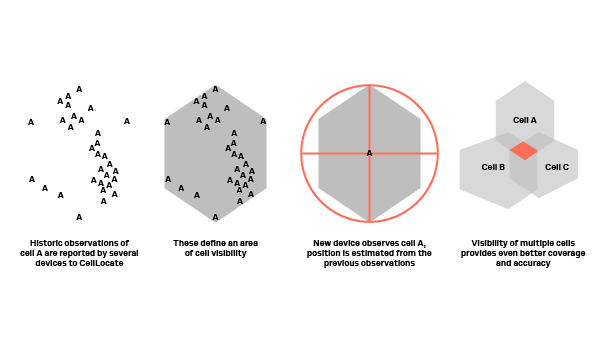 When required by the use case, CellLocate offers the possibility to report back the location data to the device. For many applications, however, providing the location data to the enterprise cloud gets that information where it is needed and utilized.
When required by the use case, CellLocate offers the possibility to report back the location data to the device. For many applications, however, providing the location data to the enterprise cloud gets that information where it is needed and utilized.

A strong historical track record including billions of location data packages delivered to IoT device around the world make CellLocate a proven, scalable solution capable of eliminating almost all “no-position scenarios.” CellLocate is supported by a full warranty, support, and premium service levels available to suit more demanding needs.
CellLocate is delivered through the Thingstream IoT service delivery platform, a cloud-based delivery platform and administration interface for enterprise IoT services. Pressure tested and proven to support the delivery of billions of messages, the platform provides a self-service user interface for users to manage IoT device fleets, optimize service plans, manage billing, monitor events, and control functionality.
CellLocate can be activated in existing designs featuring u-blox cellular modules by means of a single AT command.
LTE-M / NB-IoT modules based on u-blox chipset
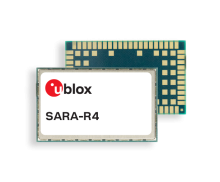
LTE-M / NB-IoT / EGPRS modules

Single or multi-mode LTE Cat 1 modules with positioning capability.
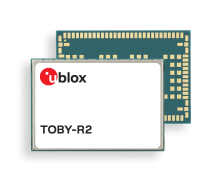
Multi-mode LTE Cat 1 modules with positioning capability
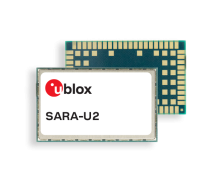
HSPA modules with 2G fallback
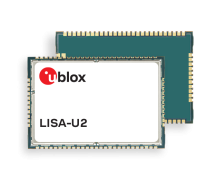
HSPA modules with 2G fallback

Dual and quad-band GSM/GPRS modules